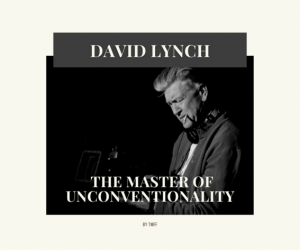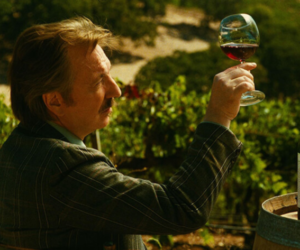Cinema is a dense and layered subject that varies significantly throughout the world. Many moviegoers have a heavy focus on the niche they’re into, causing them to miss out on such a wide range of popular film genres and movements throughout cinema history.
As great as it is to discuss and venture into film genres and movements across the globe, it’d be a lengthy and time-consuming piece to discuss every bit of information in cinema. Thus, we’re going to compare and look at the most popular film genres and movements in the US and Europe. Keep in mind that there are plenty of other great film movements in history; this is just a quick look at Europe and the US.
Early Films (1900s)
Although both European and US cinema came around the same time in the early 1900s, both varied greatly with what was popular. Going off the high of the roaring twenties, the US primarily featured Westerns, Slapstick Comedies, and Musicals. With Classical Hollywood taking off, Europe was deemed “The Other Hollywood” and featured more artistic and abstract efforts.
Early popular European genres and movements include German Expressionism (1920s), Soviet Montage (1920s), and French Impressionist Cinema (1920s). Many of these film movements focused on personal ideas and sentiments of the artists rather than the replication of facts. At the time, these film movements didn’t have as wide of an audience but are extremely valuable today in how we view cinema.
Post-World War II (Late 1940s and 1950s)
The Classical Hollywood and Other Hollywood scenes morphed and changed, ranging from inner dialogue expressionist films to horror. Then, World War II came and completely flipped the popularity of film. Hollywood took a big hit in the 1940s due to the invention of the television, causing people to no longer go to the movies as much as they did in the past.
Across the ocean, Europe was devastated by the war effort, leading production companies to go under, forcing filmmakers to make low-budget films independently. There was also a significant shift in Italy with the fall of fascism, allowing filmmakers to make non-state and non-propaganda-oriented films. It created the low-budget, interpersonal, and dark storytelling of Italian Neorealism, while the French New Wave and the British New Wave followed along.
US film production certainly didn’t cease, but fewer films were being produced due to the decline of Hollywood budgets. Iconic filmmakers like Alfred Hitchcock were still pumping out films while many studios released Epics as a way to entice audiences along. 1950s Epics ranged from being war films to westerns to melodramas and were what drove the Post-World War II film era in the United States.
New Hollywood (1960s and 1970s)
The end of the Classical Hollywood era and the decline of studios led to independent and underground cinema. Filmmakers began to take extreme risks and changed the traditional storytelling format by adding twists and dark plotlines. Films also broke ground on what was okay to show.
The New Hollywood era began to dominate people’s consumption of entertainment media. Dark and reflective psychological films about the everyday person were brought to life, primarily because of the popularity of Italian Neorealism. Many European film movements were similar to the New Hollywood era, but often featured an even denser layer of experimentation with films like Blow-Up (1966), Persona (1966), Pierrot le Fou (1965), and many others.
The 1980s to Modern Era
Both Europe and the US saw advancements in technological and economic innovations in the 1980s that weren’t available for previous filmmakers of the new Hollywood Era. Moviegoers wanted fast-paced, action-packed films leading to the popularity of Action and Horror in the US, birthing the Blockbuster era.
Europe certainly had films under the Blockbuster umbrella and featured the European Art Cinema movement that rejected the tenets and techniques of classical Hollywood cinema. Many film experts highlight the Blockbuster era of the 1980s has continued to today with the success of so many franchises. There were undoubtedly film movements between the 1980s and today, but with the invention of the internet and streaming, more films are available than ever before in the US and Europe. The more movies, the better!

















